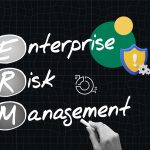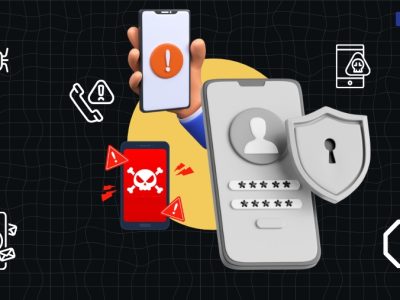Enterprise Risk Management – Frameworks, Processes And Benefits
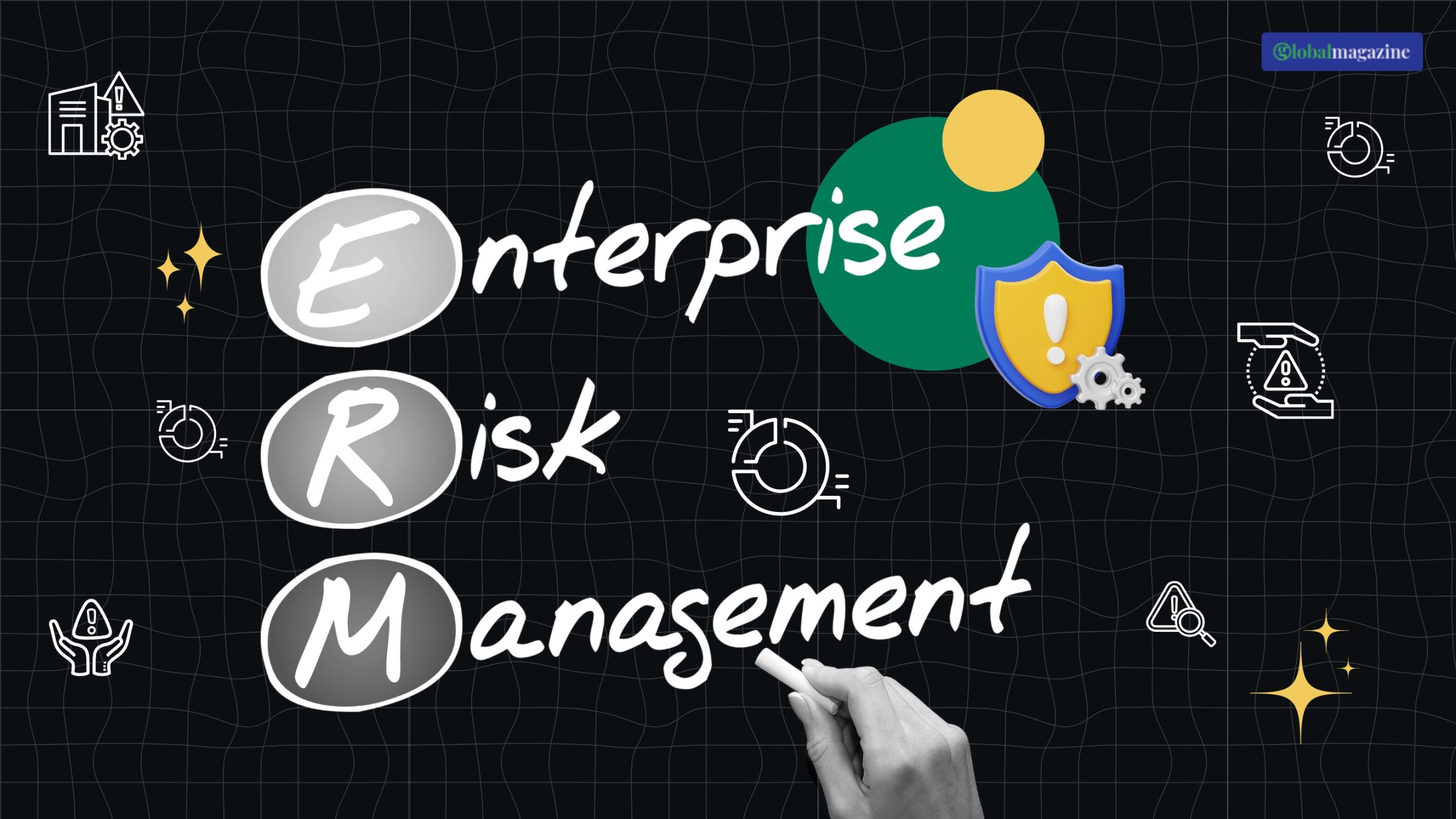
Enterprise risk management, or ERM, is a structured approach to identifying, analyzing, managing, and monetary risks across an organization. This process provides a framework that lines risk management with business strategy and enables companies to safeguard assets’ reputation and profitability.
Unlike siloed risk management strategies, ERM evaluates risks at an enterprise white level, which helps recognize interdependencies and their potential impact on overall goals.
The following article will explore the different components of ERM and how businesses can implement it within their ecosystem.
Components of Enterprise Risk Management
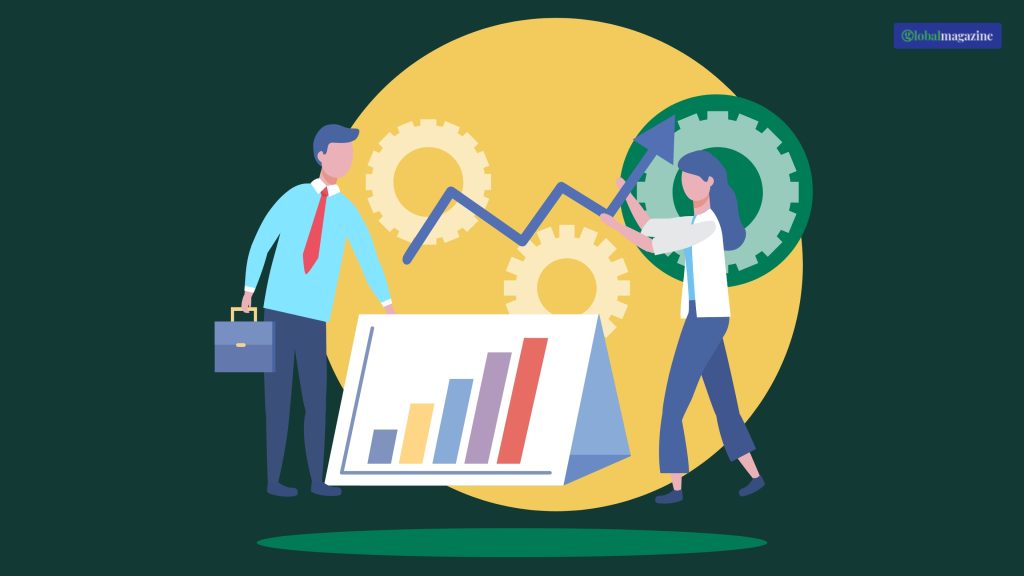
Enterprise risk management is essential in today’s dynamic business landscape, where risks include operational failures, cyber security breaching regulatory noncompliance, and market volatility. A robust enterprise risk management program helps organizations remain resident and adapt to changes and seas growth opportunities despite uncertainties.
The enterprise risk management framework includes the following key components:
- Risk identification involves identifying potential risks, both internal and external, with the help of tools such as risk assessment, stockholder surveys, and external audits. Internal risks, such as operational efficiencies or data breaches, and external ones, such as market trends and regulatory changes, can be easily identified with the help of these tools.
- Risk assessment and prioritization is the second component of the framework. This includes evaluating the risks based on their likelihood of occurrence and potential impact. The risk matrix is often useful in categorizing risks as a low, medium, or high priority.
- The third component of this process is risk mitigation, which includes organizations deciding on mitigation actions such as avoiding, transferring, reducing, or accepting risks.
- The next component is monitoring and reporting, which includes ongoing assessment and tracking of risks to ensure mitigation efforts remain effective. This also includes regular reporting to stakeholders, which ensures accountability.
- The control mechanisms form the fifth component of this framework, where policies, processes, and procedures are established to maintain and reduce risks.
- The final component of enterprise risk management is leadership and risk committees play their role in overseeing the activities. This ensures the governors is aligning activities with the business objectives.
Practices for Enterprise Risk Management
Effective enterprise risk management implementation requires these practices to be adopted:
- Developing a risk culture where organizations promote awareness and accountability across all levels of the organization. This includes engaging leadership to champion risk management initiatives.
- The use of advanced tools is the second practice that ensures effective implementation. Organizations must use enterprise cyber security AI-powered analytics and regulatory technology for proactive risk detection and management.
- Enterprises must conduct regular training to equip employees with knowledge of evolving risks such as regulatory shifts or emerging technologies.
- Organizations must align risk with the strategy to ensure enterprise risk management supports strategic objectives and operational priorities.
- Companies must perform regular audits to review the effectiveness of the risk management process. This ensures relevance in the changing business environment and alignment with regulatory standards.
These were all the essential practices that help
organizations in the effective implementation of enterprise risk management programs.
How to Implement Enterprise Risk Management Practices
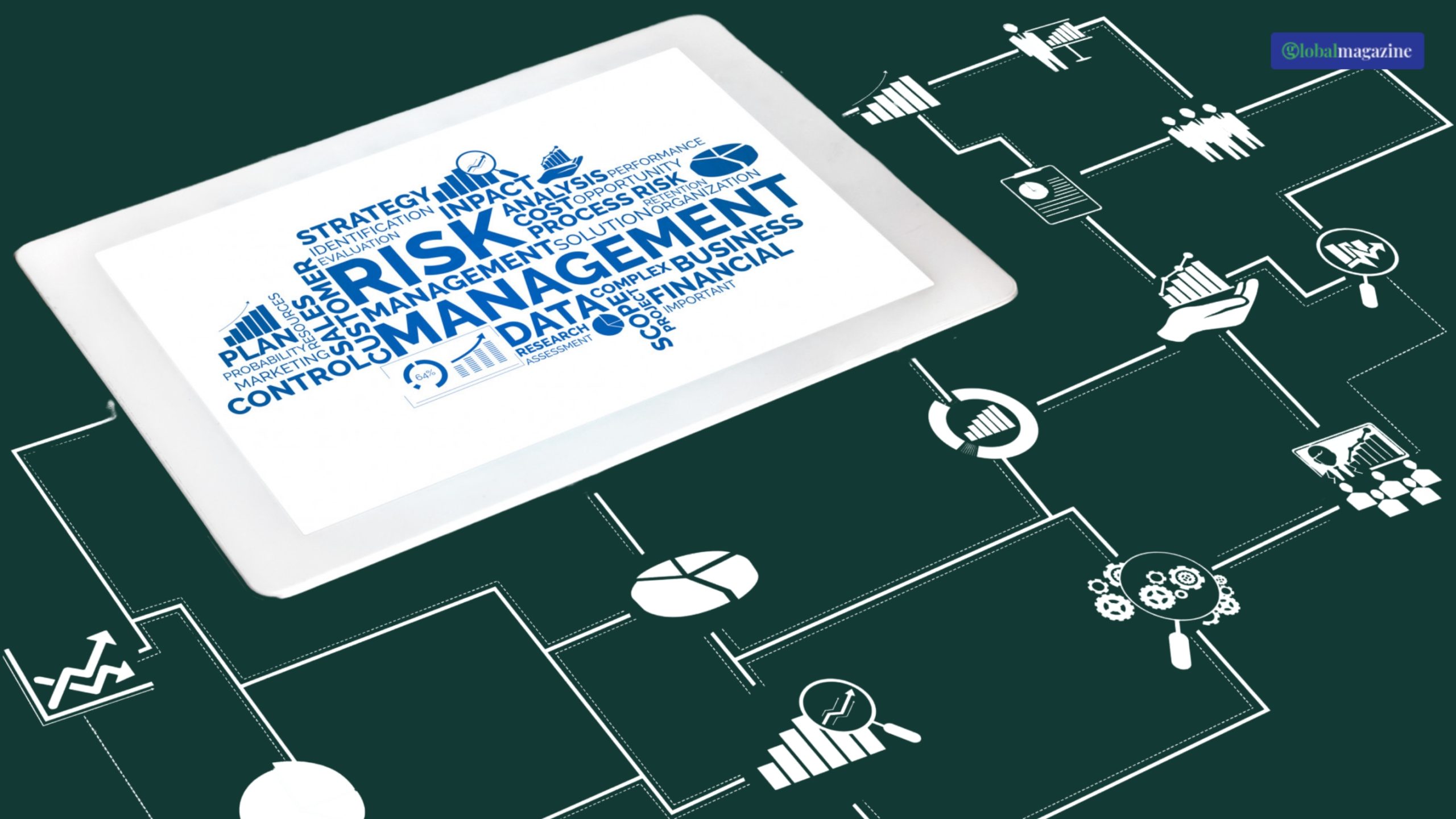
Implementing enterprise risk management involves the following steps:
- Setting objectives is the first step of the process, which requires organizations to define what they want to achieve with the program. It may be compliance or competitive advantage.
- The next step is building a cross-functional team with rules assigned to key departments, including legal, IT, finance, and HR, to ensure comprehensive coverage of risks.
- Creating an enterprise risk management framework that is suitable to the organization’s structure and industry.
- The next best practice in implementing enterprise risk management is leveraging technology. This includes using solutions like SaaS integration, transaction monitoring, and data visualization tools that help streamline risk management processes.
- The final practice in effective implementation is monitoring and improving the program continuously with the help of a performance Matrix and regular reviews to achieve effective adaptation and improvement of practices over time.
These were all the different practices that organizations could apply to ensure effective enterprise risk management program implementation.
Enterprise Risk Management Process
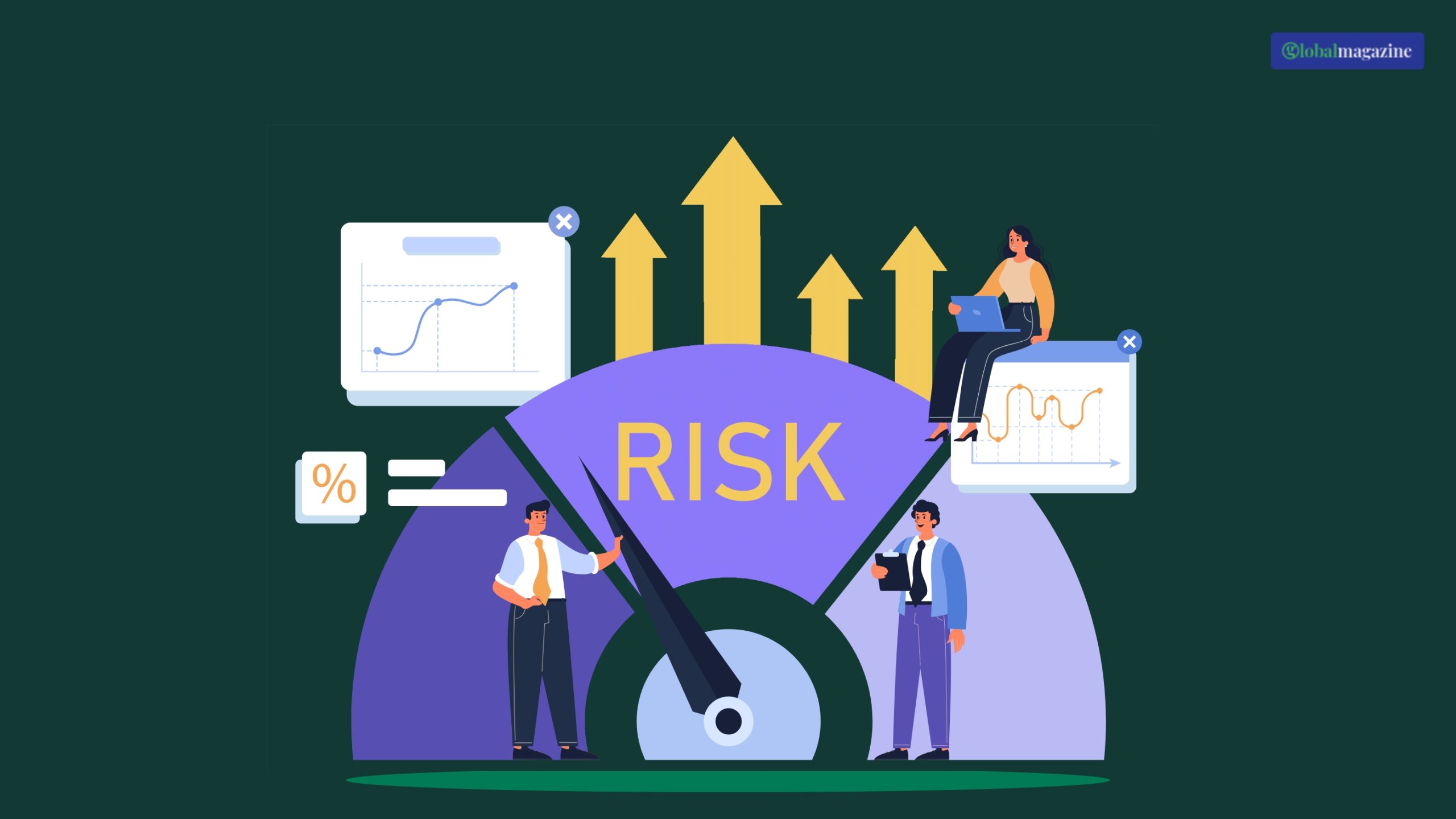
The enterprise risk management process includes identifying risk with the help of analyzing internal and external environments. For instance, it may be economic downturns, cyber security threats, or supply chain disruptions.
Organizations must also use techniques such as data analysis to determine the likelihood of an impact on each identified risk. The next step is developing mitigation plans, especially for high-priority risks, including additional training, insurance policies, or updated compliance measures.
The next process applies preventive measures such as process automation, enterprise data integration, and enhanced communication protocols to implement control. The final step of the process includes monetary effectiveness with continuous progress tracking using dashboards and regular reporting.
All of these steps ensure proper implementation of the enterprise risk management program. Let’s look at the different technologies that support enterprise risk management implementation.
Technology in Supporting ERM Implementation
Technology plays a pivotal role in the success of enterprise risk management by enabling automation, predictive analysis, and seamless communication. Let’s have a look at the different technology that supports the implementation:
- AI-powered tools assess data sets to predict risk and provide actionable insights.
- Technology in regulatory change management keeps organizations informed about evolving regulations and ensures compliance.
- Enterprise cyber security is also powered by technology that protects against data breaches, ransomware attacks, and other cyber threats.
- Automation and integration in enterprise risk management include tools like SaaS integration, which unify risk management processes, improving efficiency and visibility.
These and other technologies empower enterprise risk management implementation, which makes operations in a digital era easier for organizations.
Challenges, Solutions & Benefits
Cultural resistance is one of the primary challenges that the implementation may face from employees who may resist the adoption of new risk protocols. Another challenge the implementation process faces is constraints, which can require significant investment.
Another significant challenge the implementation faces is dynamic risk, such as regulatory shifts or technology, which can complicate management. All of these can be mitigated with proper solutions such as follows.
Top-down leadership can ensure that enterprise risk management initiatives are supported. Scalable solutions such as flexible tools can help organizations grow with their needs.
Lastly, proper training programs can ensure employees are aware of the values and practices of enterprise risk management.
The benefits of the process include:
- Improved decision-making as awareness and education improve informed choices based on real-time risk insights.
- Resilience to disruption through proactive risk management that minimizes the impact of crises.
- Implementing ERM ensures a competitive advantage by establishing trust amongst stakeholders through robust risk preparedness.
These are some of the process’s most prominent challenges, solutions, and benefits.
Wrapping It Up!
Enterprise risk management is more than just a protective measure and acts as a strategic enabler for businesses to thrive in uncertain environments. When companies adopt a robust ERM process, they leverage tools such as regulatory technology, which helps foster a culture of risk awareness.
The organization implementing this process can also navigate challenges which helps them capitalize on opportunities. Integrating technology like those listed in the article (SaaS integration) ensures ERM remains relevant and effective. In addition, it is also helpful for the sustained growth and success of the business.
You May Like Also:
